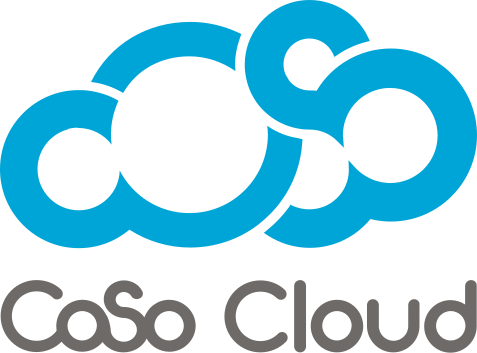
Insight from Two Decades of Instructing and Consulting Using Virtual Classrooms
April 11, 2023
During my last two decades as an instructor and learning consultant, I have seen an impressive evolution of technology in adult education. The entire learning ecosystem has undergone significant changes in response to learners’ evolving needs and demands. One of the most notable changes is the widespread adoption of online learning technologies, which has transformed how adult learners access and engage with educational content. Online courses and e-learning platforms have made it easier than ever for adults to pursue further education while balancing work and family responsibilities. The rise of MOOCs (Massive Open Online Courses) has also made high-quality, college-level education accessible to corporate learners worldwide.
Another change has been recognizing prior learning experiences and non-traditional forms of education. Many institutions now offer credit for prior learning, allowing students to earn credits based on their life experiences and professional achievements. This recognition of informal and experiential learning has also led to the growth of alternative educational programs, such as boot camps and apprenticeships, which provide learners with hands-on, practical experience in a specific field.
Finally, there has been an increased emphasis on continuous learning and upskilling in response to the changing nature of work. Many employers now offer educational and training opportunities to their employees to help them stay up-to-date with the latest technologies and developments in their fields. This focus on lifelong learning has also led to the growth of micro-credentialing and certification programs, which allow learners to acquire specific skills and competencies in a shorter timeframe than traditional degree programs. These changes have made adult education more accessible, flexible, and relevant to learners’ needs and aspirations.
There are several best practices to share that engage learners in a virtual classroom. There are more, and perhaps I’ll write another article. But for now, here are some of the most common tips that you can consider:
Know your audience
As an instructor, knowing your audience is crucial because it allows you to tailor your teaching approach to their specific needs and interests. Understanding your learners’ backgrounds, experiences, and learning styles helps you design a relevant, engaging, and practical curriculum. In addition, knowing your audience can create a supportive and inclusive learning environment that fosters a sense of belonging and encourages active participation.
Create a welcoming environment
Start the session with a warm welcome and icebreaker activity to make learners comfortable and engaged. Greet learners by their names and encourage them to introduce themselves to the group.
Use multimedia
Incorporate various multimedia elements such as videos, images, and interactive simulations to convey information and ideas. These elements can make the session more engaging and help learners retain information better.
Encourage interaction
Encourage learners to interact with each other by asking questions, sharing their thoughts and ideas, and working collaboratively on activities. Use breakout rooms to facilitate small group discussions.
Use polls and quizzes
Use polls and quizzes to assess learners’ understanding and keep them engaged throughout the session. This can also help learners self-assess their knowledge and identify areas they need to focus on.
Keep it short and focused
Break the session into smaller chunks with clear objectives and outcomes. Keep the session short and focused to maintain learners’ attention and avoid cognitive overload.
Provide feedback and support
Provide feedback and support to learners throughout the session. This can help them stay motivated and feel valued, leading to increased engagement.
Follow up after the session
Follow up with learners after the session to reinforce learning, answer any questions, and provide additional resources for further exploration.
In summary, it is crucial to remember that as an instructor, your ultimate goal is to share valuable information with people, not just provide them with a trophy of knowledge to display on their desk. Instead, think of knowledge as a torch that needs to be passed on from one person to another, so they can carry the light and share it with others. To create an engaging virtual classroom, it’s essential to have a well-planned curriculum, use various instructional strategies, and foster a supportive learning environment.











